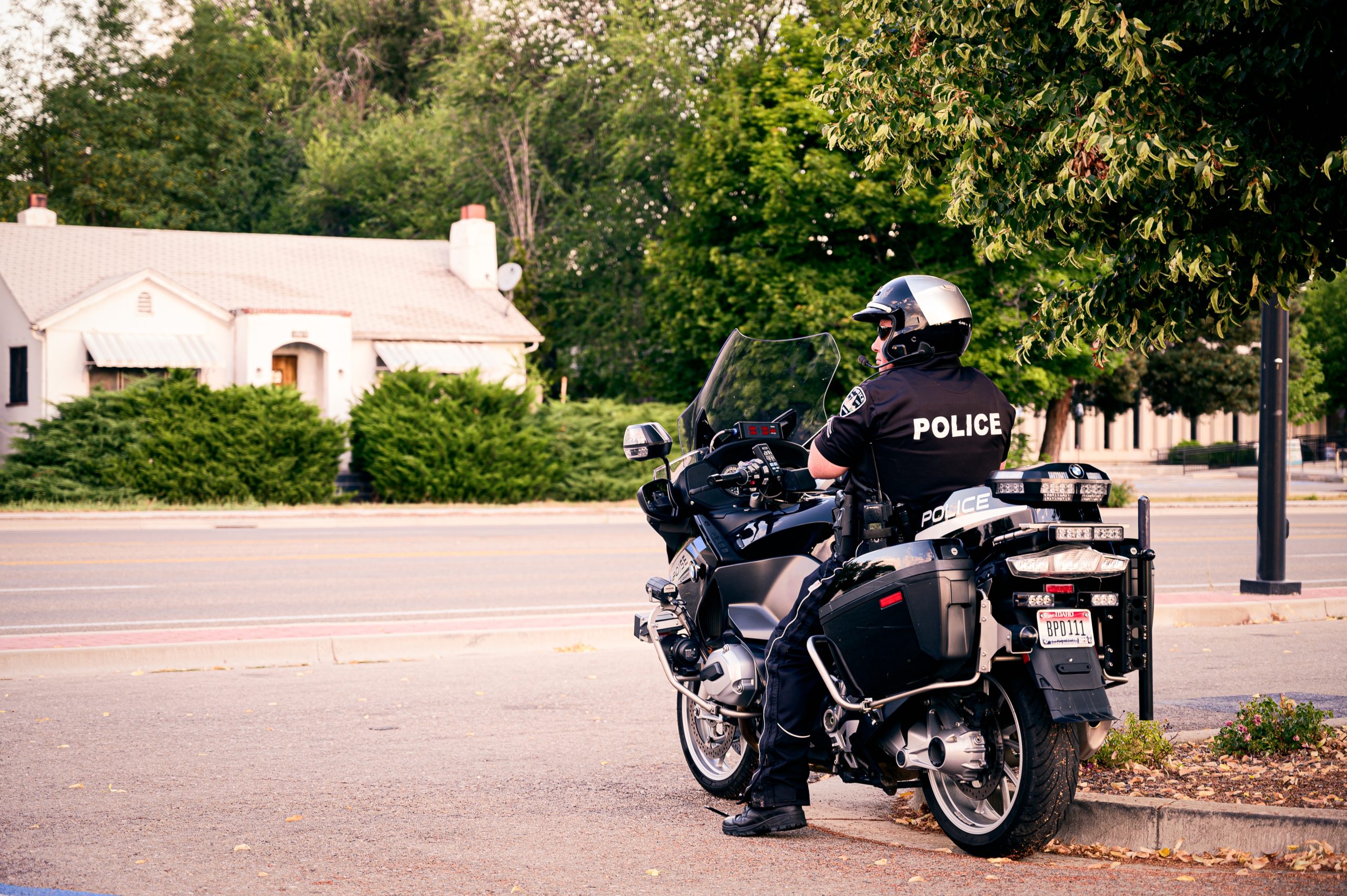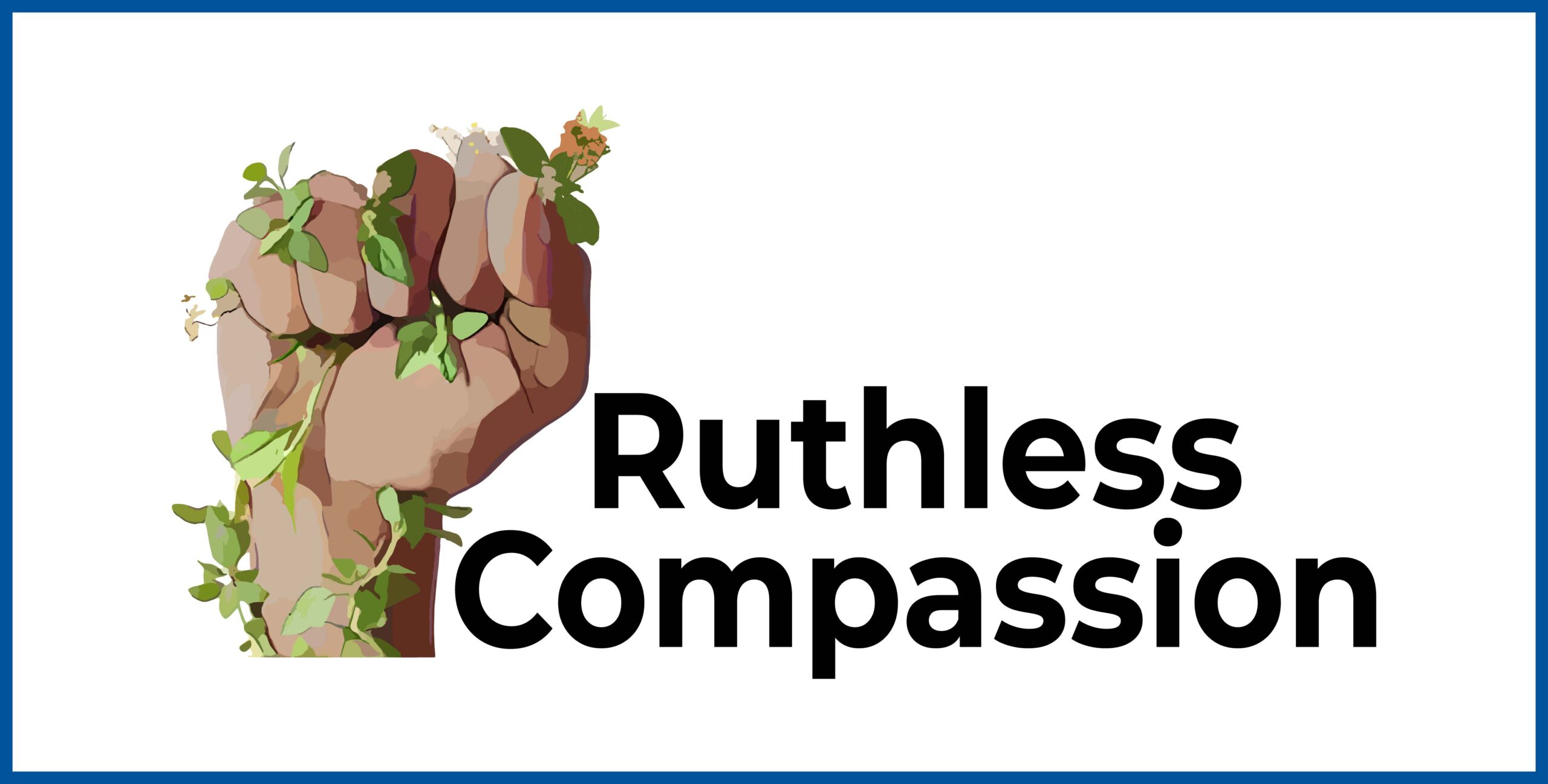The Police and Mental Health in the News
Lately the news have been filled with stories about police-related shootings of mentally ill people in Canada and in the US. Earlier in my career I worked in New York City and these recent shootings reminded me of an experience I had there, working with the dangerously mentally ill.
Toward the end of my psychiatry residency I did a four-week forensics rotation. It was at a hospital for people who’d committed violent crimes but were found unable to stand trial due to mental illness. The hospital housed some pretty unstable, impulsive individuals and despite all the protections in place, there were occasions in which violence erupted.
The administrators of the hospital were well aware of this likelihood and so, upon arriving for my brief rotation, I was given the same four days of mandatory safety training that was provided to everyone who’d be working in that facility.
During those four days I was taught how to deal with an agitated patient, a suicidal patient; even a patient who was brandishing a weapon. And throughout the training, it was consistently emphasized that we should not harm the patient, even if they were coming at us with a knife.
The medical model of dealing with mentally ill people in violent situations taught me to see the agitated or violent person as someone who was in need of help as opposed to a dangerous adversary.
The Medical Model vs. the Policing Model
The medical model differs significantly from the policing model in that it is grounded in compassion and respect. In this model, the person in distress is considered unwell and in need of our support, as opposed to someone bad or dangerous and needing to be fended off.
The goal of medical model is to protect the disturbed person and defuse the situation. The policing model is often aggressive and polarizing and as we’ve seen lately, it tends to escalate the problem.
The Law of the Hammer
Comparing the medical model with the policing model reminds me of the “Law of the Hammer.” According to Wikipedia, the idea behind this law is that “it is tempting, if the only tool you have is a hammer, to treat everything as if it were a nail.”
Accordingly, if the police’s main tools are a gun, a club and a set of handcuffs, they’re far more likely to see an agitated mentally ill person as a potential “perpetrator,” and they’re much more likely to react with violence to incidents of disturbed behavior.
On the other hand, the tools of a mental health professional include listening, talking and forging alliances. With these tools, they’re more likely to see an agitated person as someone who they can work together with in order to arrive at a peaceful resolution.
The Law of the Hammer aptly demonstrates why the police are never the right people to be sent in to deal with the distressed mentally ill.
Bad Outcomes More Common With the Policing Model
An article in the International Bipolar Foundation magazine describes how sending the police to deal with mentally ill people greatly increases the likelihood of a bad outcome. According to an article in The Intercept, if the disturbed individual happens to be Black, Indigenous or a person of colour, the chances are even greater that the encounter will end in violence.
Sigal Samuel, writing in Vox, suggests a non-policing approach to dealing with people with mental health issues, in which mental health experts would be sent in instead of the police.
An article from the Treatment Advocacy Center describes how people with untreated mental illness are 16 times more likely to be killed by law enforcement than other civilians and it offers several suggestions for fixing the problem, such as putting more funding back into the mental health system to prevent these types of confrontations in the first place.
Compassion and Respect vs. Aggression and Polarization
I was fortunate during my month-long forensic psychiatry rotation in that I encountered no violent incidents. But I felt confident that I had the knowledge and the skills to deal with such a situation if it were to arise. Most importantly, I knew that what I’d been taught would lead to best-case scenarios as opposed to worst-case ones.
The police have never been the appropriate group to deal with mentally ill people. It’s time for everyone to acknowledge this reality and work together to move away from the policing model for dealing with mentally ill individuals in distress and toward a model grounded in compassion and respect.
Sign up here for my free biweekly wellness newsletter that brings you fresh, thought-provoking content.
Subscribe to my YouTube Channel where you’ll learn simple tips for taking the best care of yourself and your loved ones.
Tune in to my Ruthless Compassion Podcast where I go in-depth about topics like mental health, trauma, and loneliness.




